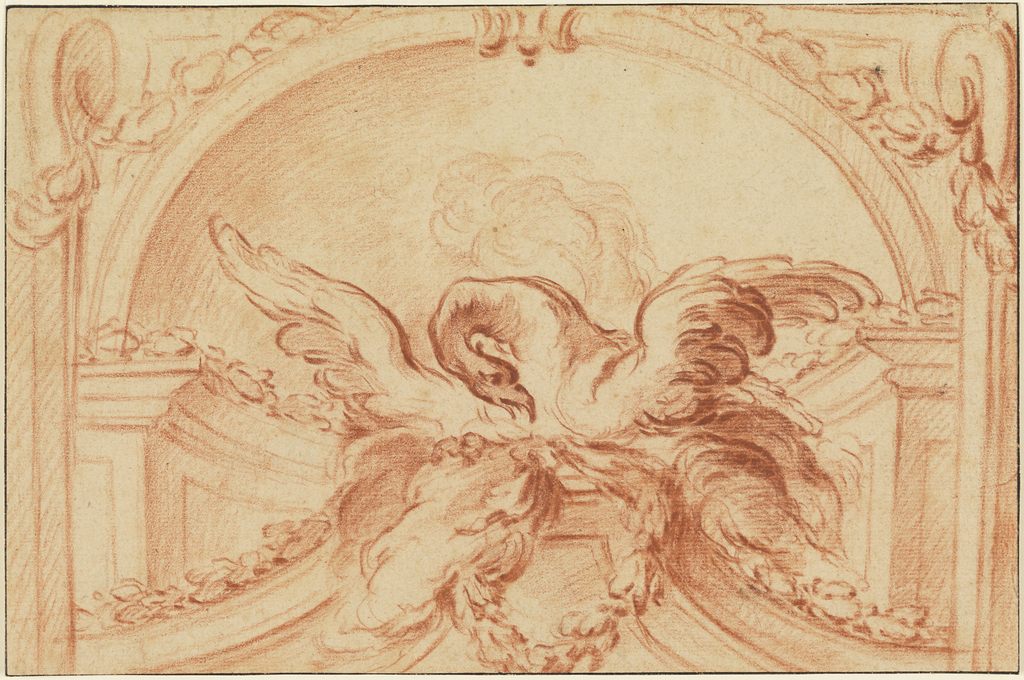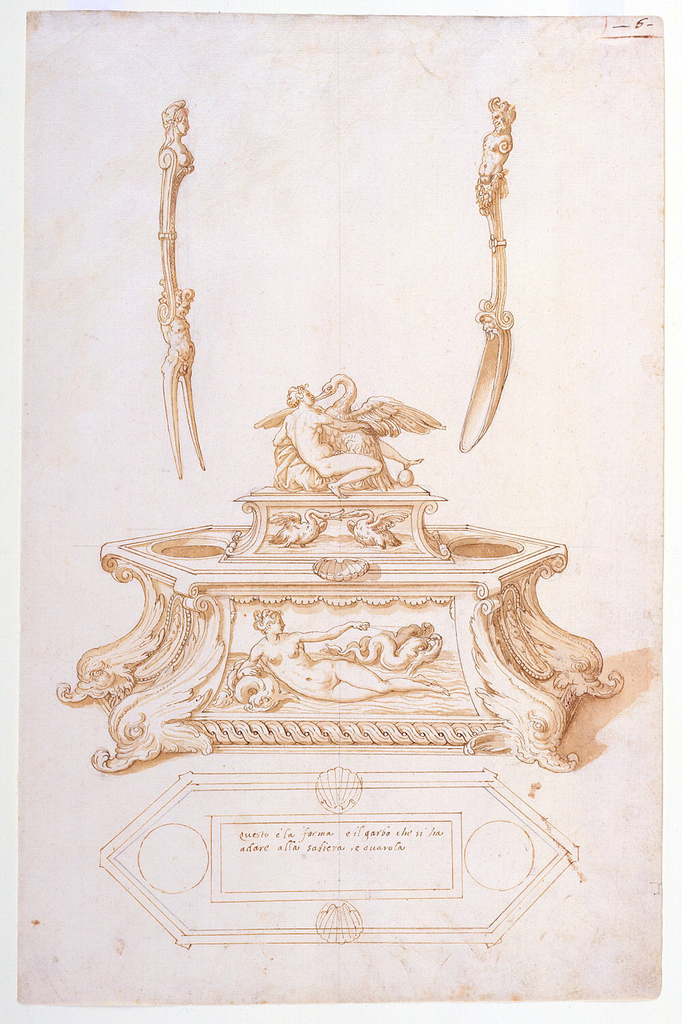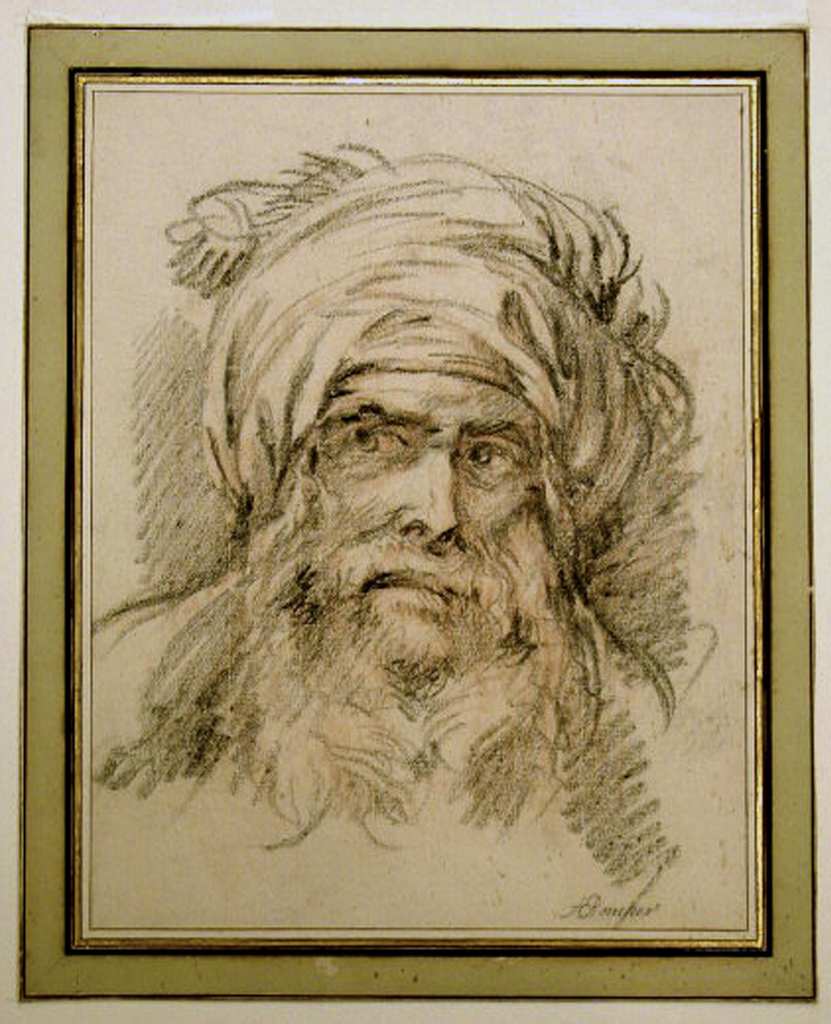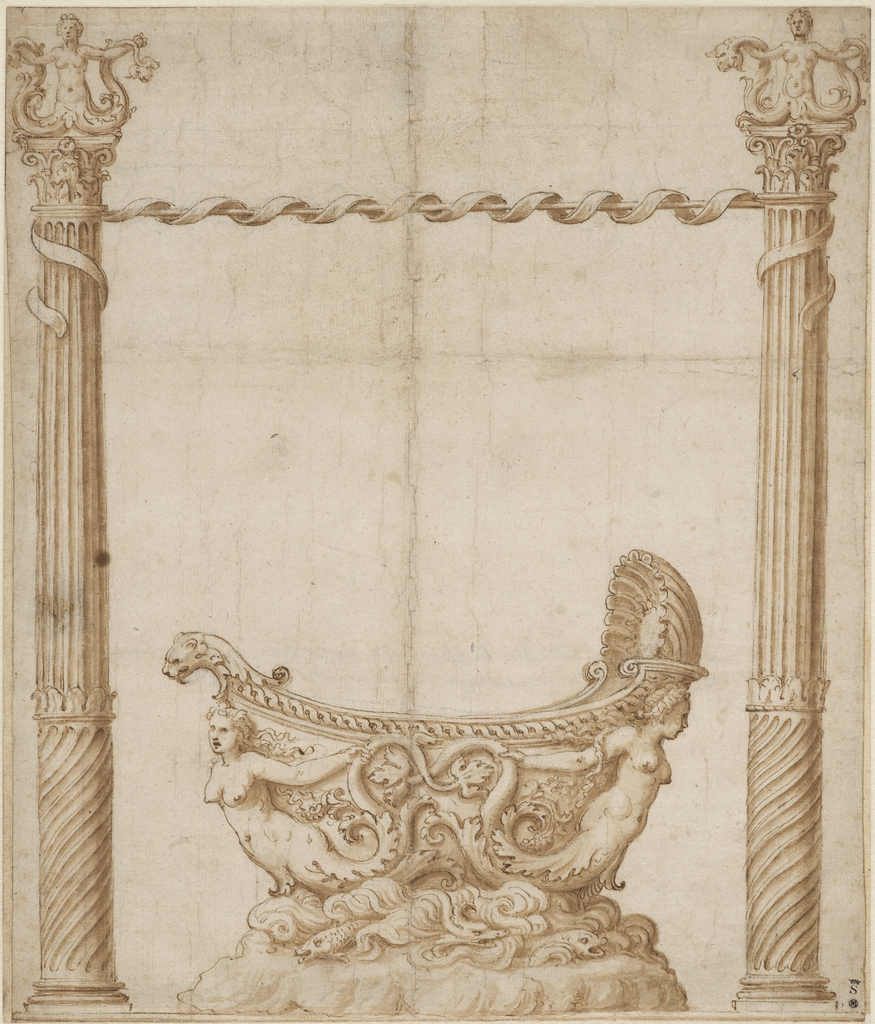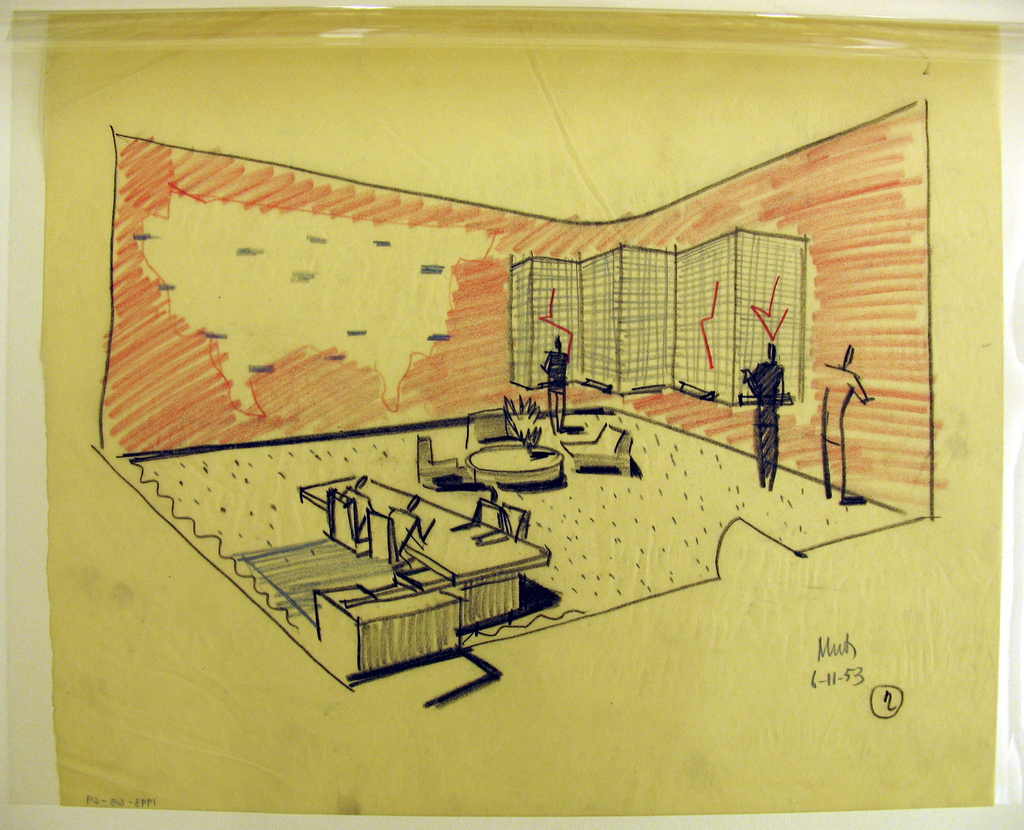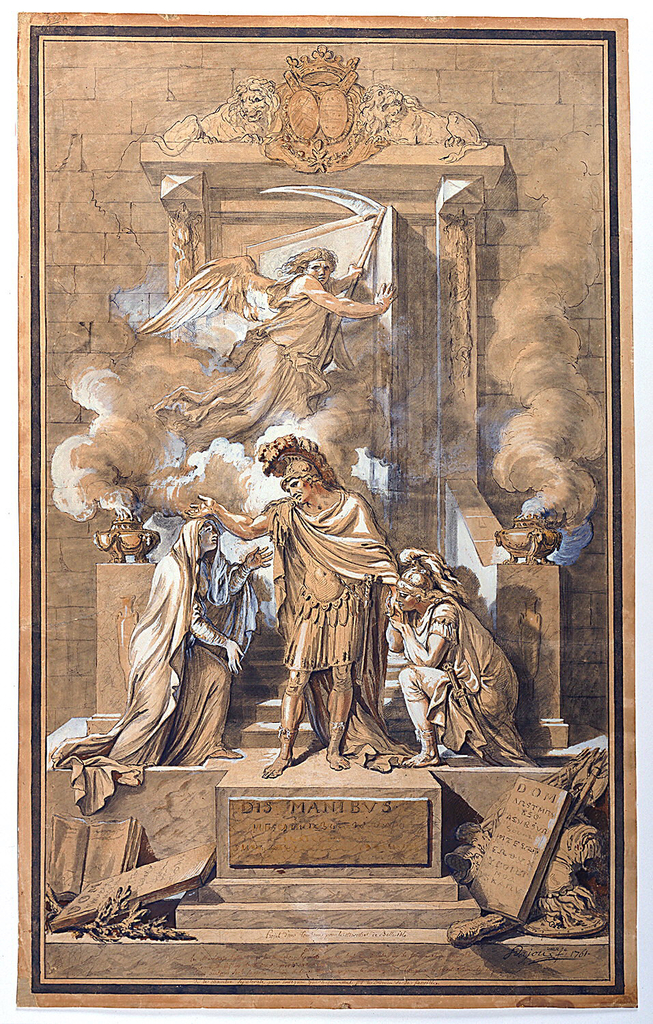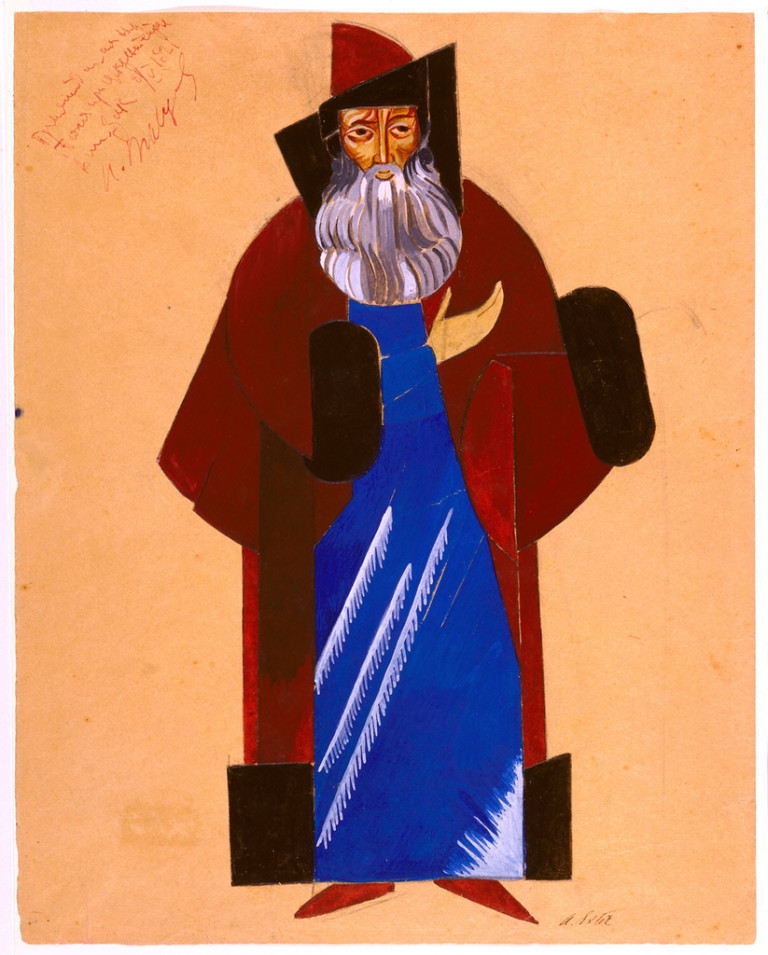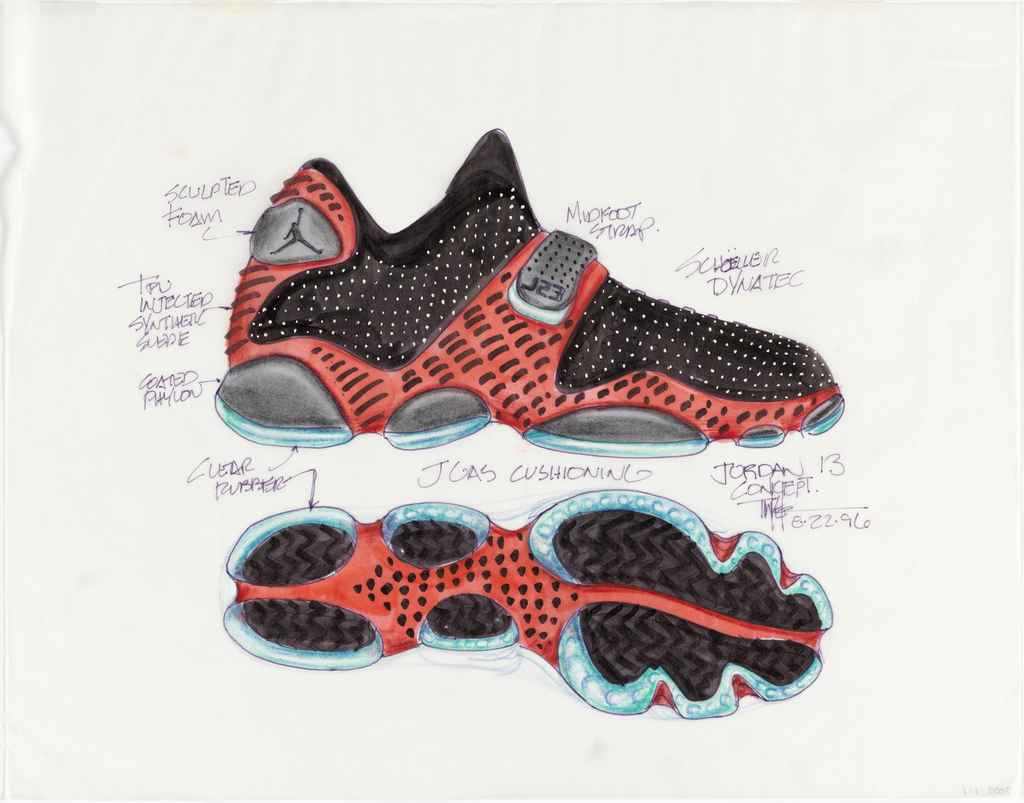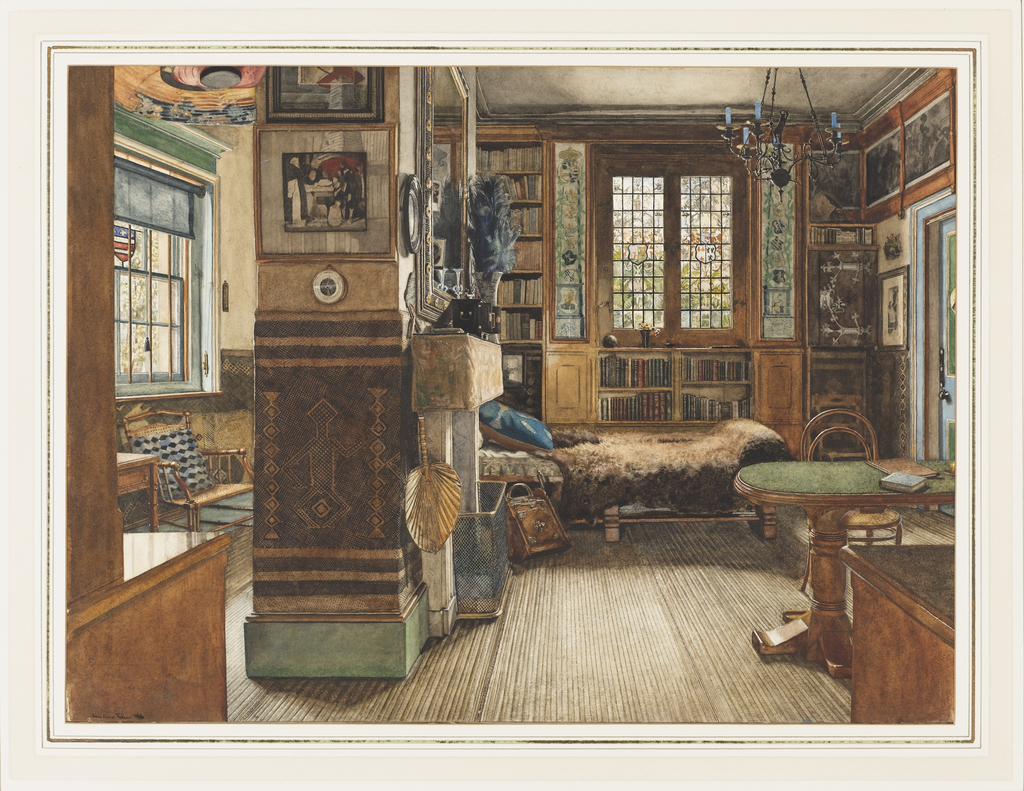Gilles-Marie Oppenord (1672-1742) was born to a Dutch Cabinet maker who worked exclusively for the French Court. After having trained under his father, Oppenord set out for an education in Rome in 1692. It was there that he studied under the director of the French Academy in Rome, who encouraged him to pursue architecture by...
Poached, fried, boiled, or roasted, eggs were an important part of the Italian Renaissance diet. In the sixteenth century, Italian chefs Bartolomeo Scappi and Cristoforo da Messisbugo each published cookbooks that detailed recipes and techniques for preparing banquets, and eggs were often on the menu. One of Scappi’s reoccurring recipes was for uovo da bere, or...
This study by the prolific French artist, François Boucher, offers a rich insight into the practice of collecting drawings in eighteenth-century France. The head of the turbaned man is sketched with black and red chalk, with the white of the paper used as a third shade. The sheet features the annotation, “Boucher” in the lower right...
As the artist for the ducal court at Mantua in the early sixteenth century, Giulio Romano designed everything from architecture and stage sets to fresco programs and metalwork. But the purpose of this drawing remains a mystery. It features a vessel in the shape of a ship, supported by two mermaids, who rise up from...
In his famous book, On The Road (1957), Jack Kerouac relays a cross-country adventure he undertook in 1949: “…. eyes bent on Frisco and the coast, we came into El Paso as it got dark, broke. We absolutely had to get some money for gas or we’d never make it. We tried everything. We buzzed the...
This highly finished drawing is a design for a tomb by the French academician and sculptor Augustin Pajou (1730-1809). Dated to 1761, the drawing is executed with pen and wash and heightened with white gouache, and is signed and dated by the artist in the lower right corner. This tomb design is an innovative composition...
This boyar may be old and wizened, but the costume he sports is cutting-edge. His cloak and cap seem to be cut from geometric patterns, in a modern take on medieval fashion. Boyars were high-ranking aristocrats who advised the princes of medieval Russia, but this one wouldn’t look out of place in a cubist or...
Inventor Tinker Hatfield is responsible for the original design concepts of Air Jordan sneakers, one of the most widely recognized and highly coveted products from the 1990s. The jagged line of color on the edge of the sole that became a trademark; the revolutionary “Air” bubble design, a small plastic window in the sole of...
According to the art critics of the day, the rooms in Sir Lawrence Alma-Tadema’s Townsend House, his home near St. Regent’s Park, could be considered a portrait of the artist, a celebrated painter of Greek and Roman themes. In this cozy library interior, painted in 1884 by Alma-Tadema’s daughter, we see: a fur-covered couch and...
